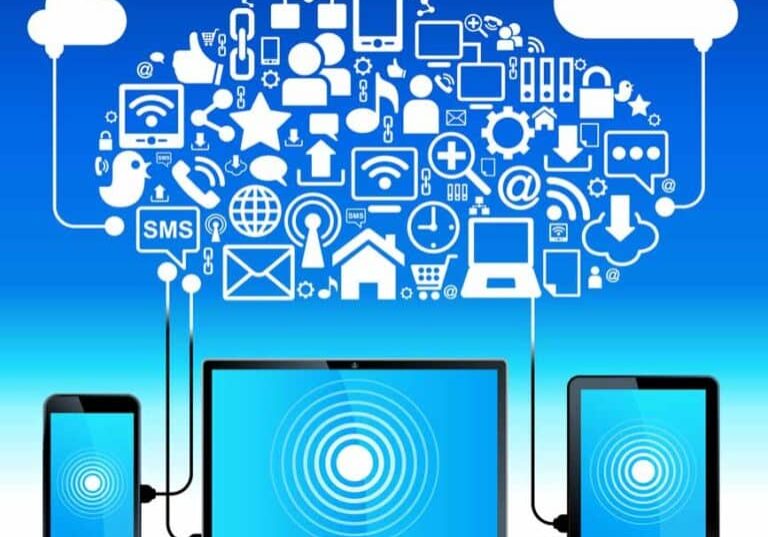First, it is important to discuss the value 21st century education technology brings to the classroom environment. There are four major areas:
First: The addition of technology into the classroom can help transform the classroom experience from a classic teacher centered one into a student-centered experience – with students taking a more active role in their learning. In a student-centered classroom, the teacher becomes more of a guide as the students engage with and tackle the day’s lesson. And there is nothing better than seeing your students fully engaged! It is important to understand that integrating technology into the classroom is by no means a replacement for an effective teacher. To put it simply, the ideal classroom environment would be one that is student centered and includes a carefully selected blend of instructional technologies with face-to-face communication.
Second: Technology provides teachers and students with access to a variety of educational resources that inspire creativity, critical thinking, communication, and collaboration.
- It promotes inclusion and the development of digital literacy skills.
- It extends learning beyond the text – and beyond the classroom walls.
- It ultimately exposes students and teachers to new online global communities. This in turn promotes a global awareness, which is an essential component to a 21st century education.
Third: We all know that there has been, and will continue to be, different levels of students in our classrooms – and with uniquely important learning needs. Through the use of instructional technology, differentiated instruction can be made much easier. It can become more of a reality! With differentiated instruction, students are provided an education that is personalized – and that meets them where they are, developmentally. More students are able to benefit from this type of instruction. The use of technology also provides students access to very rich learning materials outside of the classroom.
Finally, it is of paramount important that while in school, students use tools that will best prepare them for their future academic and professional experiences. – This includes a blend of new tech and old tech. Integrating technology into the classroom provides students with a set of skills to navigate through the variety of online tools we have today! It also provides teachers opportunities to educate students on digital citizenship and the new challenges to academic integrity.
Sounds great, doesn’t it? But effective integration of technology into the classroom isn’t easy! Successful integration requires time, customization, experimentation, and support. While there are many schools successfully integrating technology into their classrooms, there is an even larger number of schools that are faced with obstacles impeding this process.
Here are a few of the current realities experienced in many K-12 schools in this process.
Schools struggle with finding meaningful, ongoing professional development experiences for their faculty regarding technology integration. Which tools should they learn? Who should go? How long will the skills they learn be relevant?
Current professional development opportunities tend to be highly inefficient when groups of teachers with dissimilar skills and backgrounds are learning new technologies together. Teachers sometimes struggle to see the personal, immediate benefit – and can disengage from the material. Even the most meaningful conferences and workshops don’t provide the managed follow-up to ensure that the newly acquired skills, strategies, and approaches are being developed and shared with the school community. Unfortunately, in many cases the investments by the school and the teacher are quickly lost. Including technology into the classroom adds an extra layer of complexity to classroom management. Devices can quickly become a major distraction and not a meaningful learning tool.
Lastly, a major obstacle for teachers and students is unreliable technology. Even the best prepared lesson can collapse when there are technical issues! The typical teacher population in most schools includes novice, intermediate, and advanced technology users. Placement into each category is based on a teacher’s ability to integrate technology into their classroom. But exactly does it mean to “integrate technology”? How far do we need to go?
The following theoretical framework, known as the SAMR Model, explains four different levels associated with instructional technology use. Take a look at this video to learn more.


